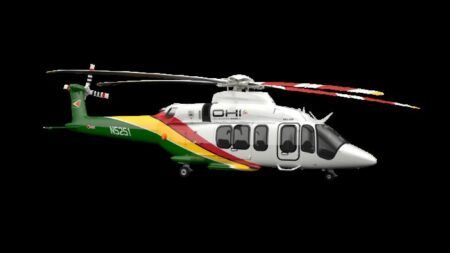NASA has announced that its subscale X-56A featuring extremely flexible lightweight wings will be tested next month. A series of research flights is planned to prove the wings can be controlled effectively, which could improve fuel-efficiency for the long-range airliners of the future.
A risk reduction flight from Armstrong Flight Research Centre on August 31 showed that previous challenges experienced during takeoff and landing have now been resolved. Researchers redesigned the landing gear and braking system to improve performance, explained Cheng Moua, X-56A project manager. The flight controller was revised, extensive analysis completed and ground vibration data collected to update theoretical models to improve predictions on how the aircraft will fly.
Long, lightweight flexible wings, such as those on the X-56, are crucial to the design of future long-range aircraft, but are especially susceptible to flutter – a destructive vibration encountered at low speeds. These vibrations need to be addressed to ensure full control and structural integrity of the aircraft.
The remotely piloted subscale aircraft is 7.5ft long, has a 28ft wingspan, weighs about 480 lb, and is powered by two small 90-lb thrust JetCat P400 turbojet engines. It was developed by Lockheed Martin for the US Air Force Research Laboratory and transferred to Armstrong for flight research. The program is funded through NASA’s Advanced Air Transport Technology project and NASA’s Flight Demonstration Capabilities project.
Flutter suppression could lead to improved ride quality, efficiency, safety and the longevity of flexible aircraft structures, said Moua: “We want to show that this kind of wing can be built and the control technology exists to suppress flutter on them.”
The flights will build up slowly as each step is meticulously executed. New techniques will be tested to collect data and make sense of it and a methodology will be developed to confirm flutter was suppressed, Moua said. Armstrong engineers developed a flight control system and advanced sensors to gather the information required to achieve the project’s goals.
October 26, 2017




